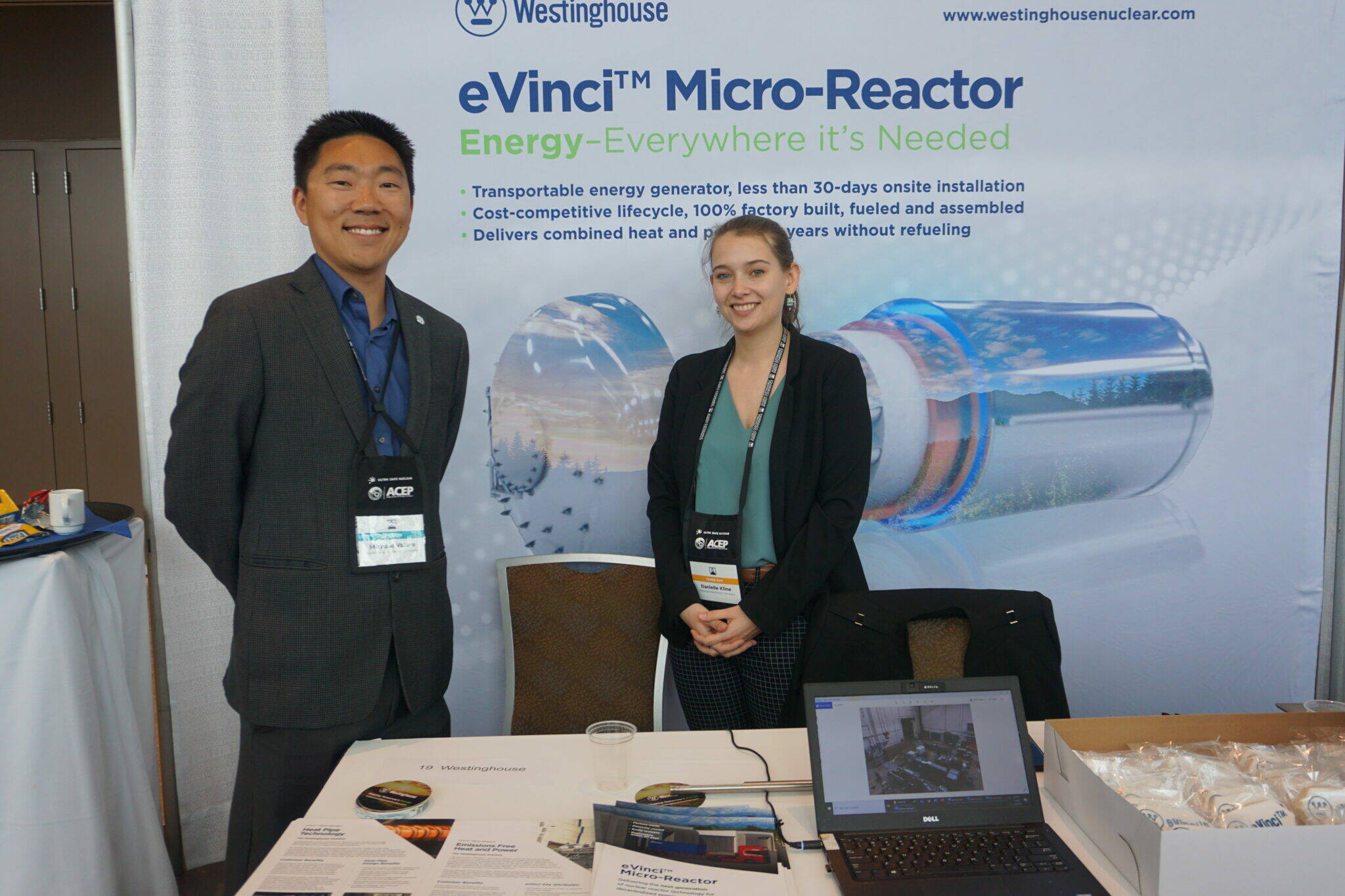You can build a small nuclear reactor in Alaska, but not within 2,700 feet of a house.
On Monday, Lt. Gov. Nancy Dahlstrom signed a package of regulations that dictate where small nuclear reactors, sometimes called “microreactors,” may be built in Alaska.
The regulations arrive as the U.S. Air Force advances plans to build the state’s first microreactor at Eielson Air Force Base, southeast of Fairbanks.
Copper River Electric Association, which supplies power to Glennallen, Valdez, and the surrounding area, is also considering construction of a microreactor.
Microreactors are designed to function as a single, sealed module that could be transported on the back of an 18-wheeler.
Last year, Gov. Mike Dunleavy signed into law a bill that makes it easier for companies to place small, modular nuclear reactors in the state, waiving some requirements imposed on larger facilities.
That legislation kicked off the start of a regulatory process by the Alaska Department of Environmental Conservation, which — along with the federal Nuclear Regulatory Commission — would oversee any modular reactor.
The regulations signed this week don’t deal specifically with nuclear safety, only where a reactor could be sited. Among the restrictions: A reactor can’t be built within 2,700 feet of a residence, 300 feet of a national park or game reserve, in a coastal area vulnerable to storm surge, within 100 feet of a public road or trail, or in an area protected because it’s used for drinking water.
Any reactor site must be approved by the local municipal government, and if a reactor is planned for a site outside an organized borough, the Alaska Legislature must approve the site.
Those site restrictions could also apply to a nuclear waste site or a facility that processes nuclear fuel, the regulations state. None have been publicly announced here.
During a public comment period earlier this year, the proposed regulations were opposed by the Alaska Community Action on Toxics, Copper Country Alliance and several individual residents who said they were concerned about dangers posed by nuclear power.
“It seems to be that Alaska is going to be a Guinea pig for this experimental technology. Seeing all the polluted places the Army left here does not give me any confidence that they would act responsibly here,” wrote Brigitte Jaeger of Fairbanks.
The Nuclear Energy Institute, a national organization that supports microreactor development, was also critical of some parts of the proposed regulations.
An early draft proposed banning microreactors within 300 feet of “an area subject to high risks from volcanic activity, ice floes, or avalanches” and in 100-year flood plains.
The institute criticized those sections, noting that concerns about radiation leaks are the domain of federal regulators, and those sections do not appear in the final regulations.
Instead, the rules state that if part of a facility is located in a 100-year flood plain, operators have to demonstrate that a flood would not damage the facility.
The institute also criticized sections of the regulations that require public notice and sections that require operators to share information with the state; those remain in the final rules.
The new regulations come into effect in August.
Any proposed microreactor would have to obtain permits from the Nuclear Regulatory Commission, a process that takes several years. The NRC lists no pending Alaska-related projects.

